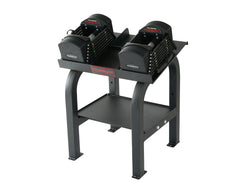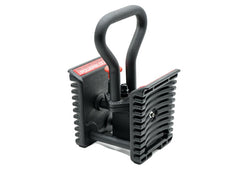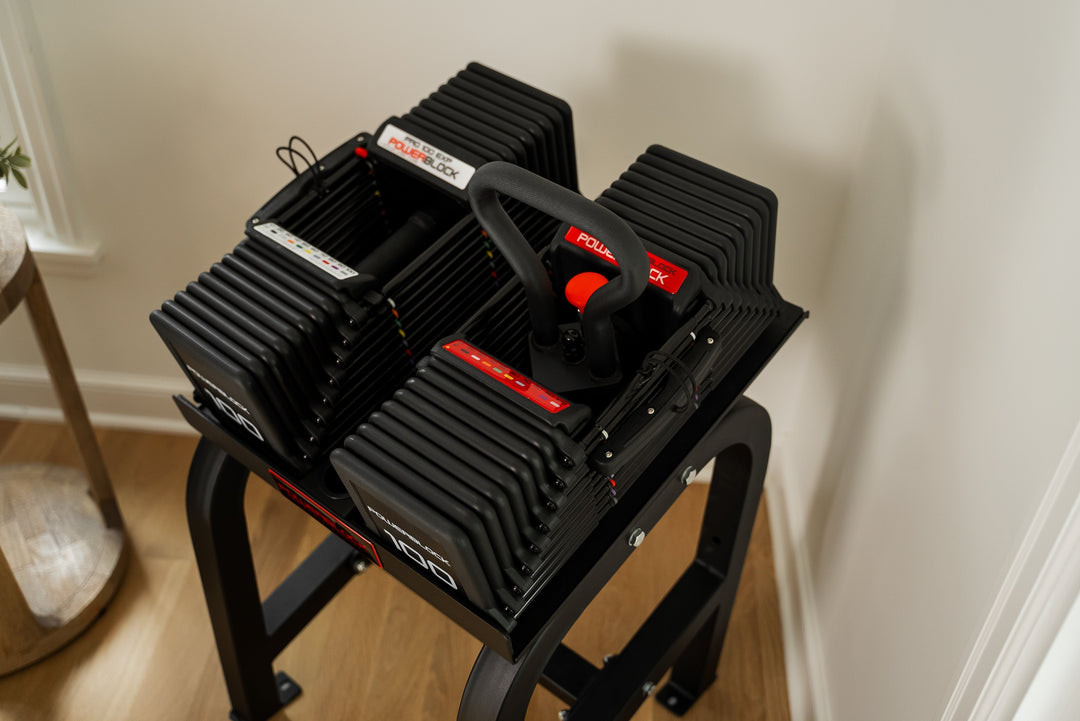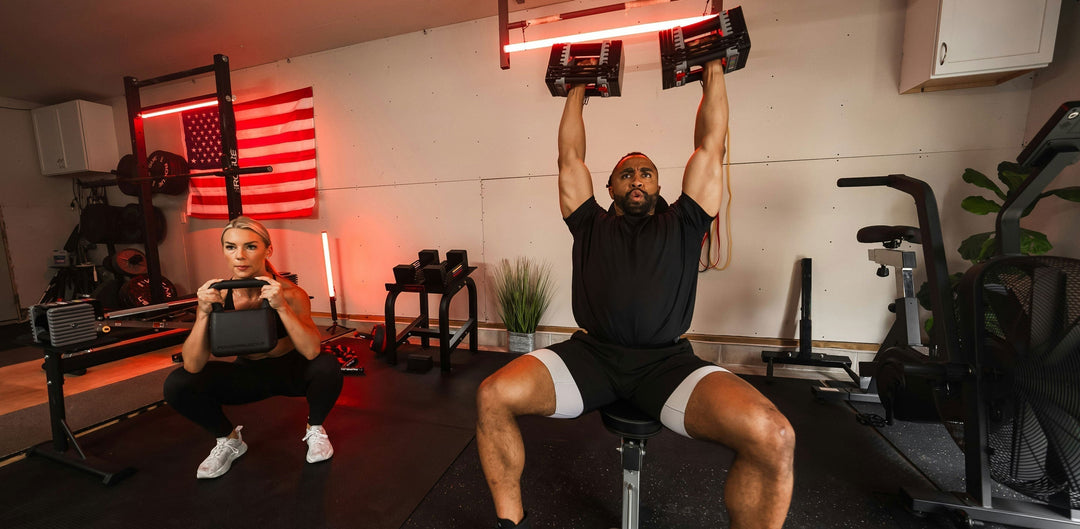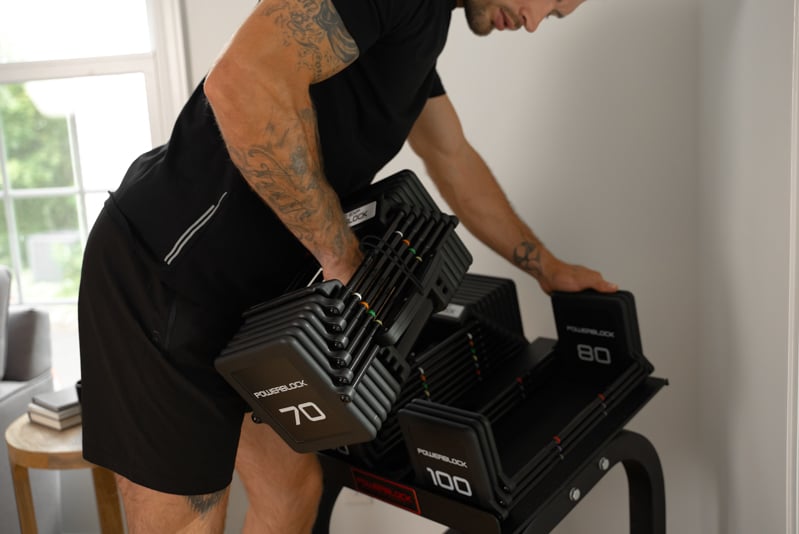Many people think weightlifting is only for young folks. But that idea is old-fashioned. New studies indicate that weightlifting becomes increasingly important as we age. Could lifting slow down aging? Yes! Research shows weightlifting helps older adults stay stronger, healthier, and more energetic, and it may even slow the aging process.

What Happens to Our Bodies as We Age
As we get older, our bodies start to change, sometimes in ways that make everyday tasks harder. We may feel weaker, move slower, or notice that we don’t bounce back as fast after activity. These changes are a natural part of aging, but they can affect our strength, balance, and overall health. Understanding what happens inside our bodies can help us take steps to stay strong and active as we age.
Natural Muscle Loss (Sarcopenia)
Sarcopenia is the age-related drop in muscle mass and strength. It begins as early as our 30s or 40s and accelerates after age 60. Research shows about a 0.5–1% loss of muscle mass each year past age 70, with up to 50% lost by the 80s. This decline stems from the loss of muscle fibers and motor neurons, as well as the accumulation of fatty and fibrous tissue in muscles.
The effects of sarcopenia go beyond weaker limbs. It makes everyday tasks, like standing, walking, or climbing stairs, harder, and it raises the risk of falls and loss of independence.
Bone Density Decline
Our bones slowly lose density and strength as well. A CT-based study found that bone density drops steadily between ages 39 and 80, with women losing bone about 1.6 times faster than men. Lower bone density increases the chance of fractures and conditions like osteoporosis, which can limit mobility and cause pain.
Hormonal Shifts
Aging changes our hormone levels, including drops in testosterone, estrogen, and growth hormone. These shifts contribute to muscle and bone loss, reduce recovery speed, and affect metabolism.
Slower Metabolism & Recovery
As we age, our metabolism slows, so we burn fewer calories and store fat more easily. This also slows our recovery from exercise and everyday stress.

How Weightlifting Fights Back Against Aging
Getting older doesn’t mean you have to get weaker. Lifting weights is one of the best ways to stay strong, healthy, and independent as you age. Regular strength training can help your body fight back against the effects of aging, like muscle loss, weak bones, and slower movement. It helps you stay active, feel better, and do the things you enjoy for longer. Let’s look at the powerful ways weightlifting helps your body stay young.
Builds & Preserves Lean Muscle
Even older adults can grow muscle. A PubMed review found that strength training 2–3 days a week builds muscle, maintains bone, and fights frailty. The NIA confirms that strength training helps maintain muscle mass and mobility into old age.
Improves Bone Density
Weightlifting significantly benefits bone health by increasing bone mineral density (BMD) and improving bone architecture through mechanical stress on bones, which stimulates bone-building cells. This is crucial for preventing age-related bone density decline, such as osteopenia and osteoporosis, making weightlifting a vital preventative and therapeutic measure for a stronger skeletal system.
Supports Joint Health & Mobility
Stronger muscles help your joints carry body weight safely, aid in movement, and prevent injuries.
Boosts Metabolism & Energy
Lifting builds muscle, and muscle burns more calories, even when resting. This helps manage body fat and keep energy up.
Enhances Balance & Prevents Falls
Older adults are more likely to fall, but strong legs and core muscles help keep them steady. Harvard Health notes that stronger muscles lower fall risk and serious injury. The CDC says one-third of adults over 65 fall each year, leading to ~800,000 hospital visits.
Mental & Cognitive Benefits After 40
Lifting weights doesn’t just help your body, it also supports your mind. Strength training can improve how you think, feel, and handle stress, especially as you get older. Here’s how it benefits your mental and emotional health:
-
Better focus, mood, and confidence: Lifting raises endorphins, lowers stress, and improves self-image.
-
Brain health: Studies suggest regular strength training may slow cognitive decline.
-
Fight depression and anxiety: Exercise acts like medicine. PubMed research found that strength training improves mood in older adults.
Realistic Strength Training Goals for Adults Over 40, 50, & Beyond
Starting a strength routine later in life doesn’t mean pushing yourself like a pro athlete. It’s about being smart, consistent, and using the right tools. With simple, realistic goals, you can safely build strength and feel better every day. Here's what that can look like:
-
Start with 2–3 sessions per week, focusing on full-body strength.
-
Aim for 8–12 reps per exercise with weights that feel challenging but safe.
-
Add weight slowly over time to gain strength.
-
Fit these sessions into a balanced workout routine with cardio, stretching, and rest.
Why PowerBlock Adjustable Dumbbells are an ideal choice for older adults:
-
PowerBlock Sport 24 Adjustable Dumbbell: Great for beginners and light workouts (3–24 lb), easy to handle, and perfect for warm-ups.
-
PowerBlock Elite EXP 90 Adjustable Dumbbells: Offers a 5–90 lb range in one set; magnetic pin makes it easy to change weights quickly.
-
PowerBlock Pro 100 EXP Adjustable Dumbbells: Expandable from 5 to 100 lb; built tough and space-saving, ideal for long-term goals.
PowerBlock’s design means older adults can safely increase weight without juggling multiple dumbbells, along with taking them on the go due to their easy portability. These sets adapt as you progress from light to heavier weights, supporting lifelong strength growth.

What Science Says: Research & Studies on Strength Training Over 40
You don’t have to take our word for it, science backs up the benefits of weightlifting as we age. Many trusted health organizations and studies agree that strength training helps older adults stay healthy, active, and independent. Here are some key findings:
-
The NIA (National Institute on Aging) says older adults who lift weights maintain muscle, mobility, and independence.
-
Harvard Health states that strength training slows bone loss and boosts bone strength.
-
A PubMed review notes regular strength training helps build muscle, maintain bone density, reduce chronic disease risk, improve sleep, and reduce depression.
-
A Danish study followed adults aged 64–75, finding that one year of heavy resistance training kept leg strength years later.
-
Harvard reports that strength training stops muscle loss and improves power, lowering fall and fracture risk in older people.
Common Myths About Weightlifting and Aging
|
Myth |
Reality |
|
“It’s dangerous.” |
Weightlifting is safer than inactivity; studies link inactivity to falls, fractures, and health risks. |
|
“I’m too old to start.” |
It’s never too late. Even adults over 65 can build muscle, strength, and independence. |
|
“I’ll get bulky.” |
Without competitive lifting, muscle gain is slow, and healthy lifting improves tone and function. |
|
“You should only do light weight & high reps” |
A 2018 study directly compared high-rep, light-weight training to low-rep, heavy-weight training in adults over 60. The heavy-weight group showed significantly greater improvements in muscle mass, strength, and functional capacity. |
|
“It’s too Late to start after 50/60/70” |
When it comes to living a more active lifestyle, it’s never too late. With a medical professional's approval, starting some form of weight lifting routine can yield a return of energy and improve longevity. |
Weightlifting shouldn’t be seen as just for the young. It protects muscles, bones, and mental health, and can slow the effects of aging. Whether you're 40, 60, or older, it’s never too late to begin. Tools like PowerBlock dumbbells make it easy and flexible to train safely at home.
Four Steps to Start Now
-
Medical Clearance from a doctor should always be sought before starting any new workout, from new equipment to programming.
-
Pick a weight set that fits your current ability and lets you grow…like the PowerBlock Sport 24, Elite 90 EXP, or Pro 100 EXP.
-
Lift 2–3 times a week, starting slow and increasing gradually.
-
Stick with it, studies show regular training reaps long-term rewards.
With effort and consistency, you’ll gain strength, health, confidence, and maybe even feel younger than your age!





